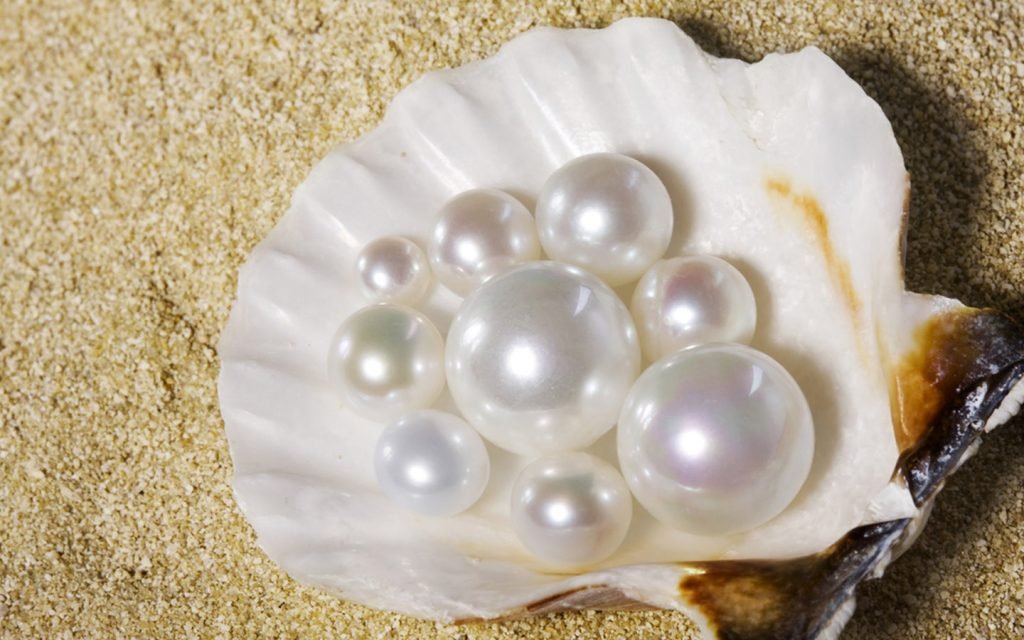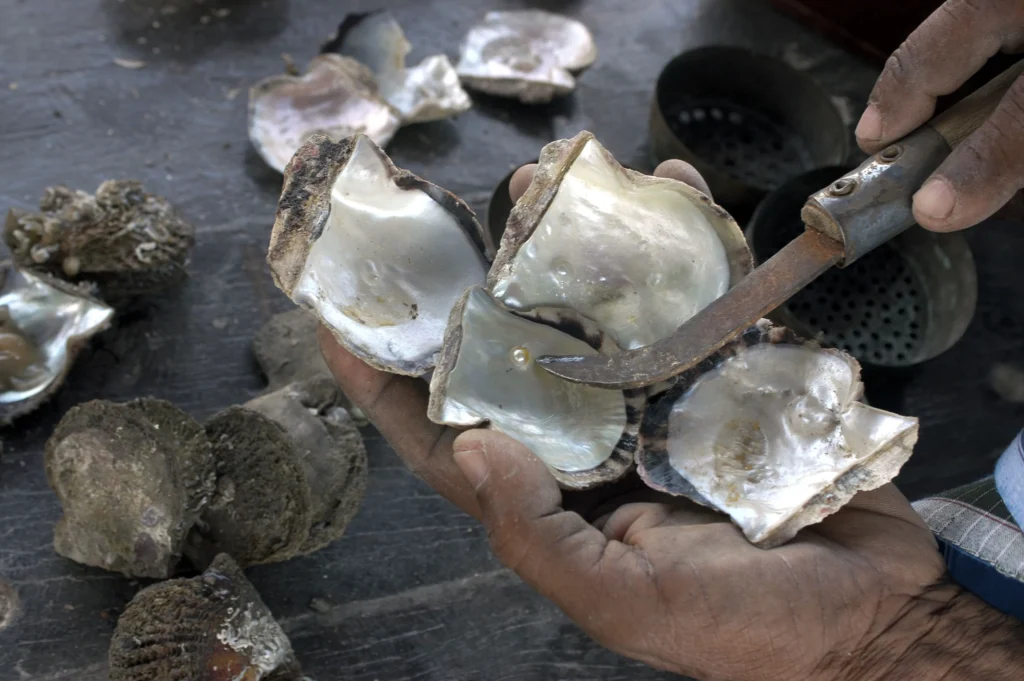The United Arab Emirates (UAE) is known for its towering skyscrapers, luxurious malls, and modern architecture. But beneath this modern facade lies a rich history deeply rooted in the tradition of pearl diving. Long before the discovery of oil transformed the region’s economy, pearl diving was the heart of the UAE’s livelihood and cultural heritage. This ancient practice not only shaped the economic landscape but also played a crucial role in defining the traditions and values of Emirati society.
A Glimpse Into the Past
Before the oil boom, the Arabian Gulf was one of the world’s leading sources of natural pearls. The warm, shallow waters were ideal for oyster growth, making it a prime location for pearl diving. Coastal towns like Dubai, Abu Dhabi, and Sharjah thrived as pearl trading hubs, connecting the Gulf to markets across India, Europe, and the Far East.
Pearl diving was not just a means of earning a livelihood; it was a way of life. Emirati men would embark on long and challenging journeys at sea, often lasting up to four months during the pearl diving season, known as “Al Ghous.” It required immense bravery and resilience as divers faced harsh conditions, unpredictable weather, and the constant threat of sea creatures.

The Life of a Pearl Diver

A typical pearl diving crew consisted of several members, including the Nokhatha (captain), Ghais (diver), and Siyub (puller). The Nokhatha led the expedition, ensuring the safety of the crew and managing supplies. The Ghais were skilled divers who descended to the seabed without modern equipment, relying solely on their lung capacity and a nose clip to block water. The Siyub remained on the boat, using a rope to pull the diver back to the surface.
Divers often performed up to 30 dives a day, spending hours underwater in search of oysters. They endured physical strain, saltwater exposure, and the constant risk of drowning. Despite the hardships, the bond among the crew was strong, built on trust and mutual dependence.

The Economic Significance

Pearl diving was the backbone of the UAE’s economy for centuries. Pearls from the Arabian Gulf were considered among the finest in the world and were highly valued in international markets. Merchants and traders flocked to the region to acquire these precious gems, providing a source of income for thousands of Emiratis.
The prosperity brought by the pearl trade also fostered the growth of coastal communities. Towns expanded, and markets flourished, giving rise to vibrant cultural and social exchanges. The pearl industry was not just about business; it symbolized resilience, determination, and the Emirati spirit.
Cultural and Social Impact
The legacy of pearl diving continues to shape the UAE’s culture today. Traditional songs, known as “Al Nahma,” were sung by divers to maintain their morale and reflect their connection to the sea. These songs are still performed at cultural events, preserving the memory of this enduring tradition.
Festivals like the Al Gaffal Traditional Dhow Race pay tribute to the pearl divers’ journey, celebrating their bravery and contribution to the nation’s heritage. Additionally, museums like the Dubai Museum and Sharjah Maritime Museum feature exhibits that provide a glimpse into the life of a pearl diver, showcasing authentic tools, boats, and pearl trading artifacts.
The Decline of Pearl Diving
The pearl diving industry faced a steep decline in the early 20th century. The advent of cultured pearls from Japan in the 1920s significantly reduced the demand for natural pearls. Simultaneously, the discovery of oil in the region brought immense wealth and new economic opportunities, leading to the gradual abandonment of pearl diving.
Although pearl diving is no longer a primary occupation, its importance remains deeply embedded in the UAE’s cultural identity. Many Emiratis honor their ancestors’ legacy by participating in traditional pearl diving events and passing down stories of their heritage to younger generations.
Preserving the Legacy
Today, the UAE actively promotes the preservation of its pearl diving heritage. Various cultural initiatives and museums ensure that this chapter of the nation’s history is not forgotten. Programs like the Heritage Village in Abu Dhabi and the Al Shindagha Museum in Dubai offer immersive experiences, allowing visitors to explore the life of pearl divers firsthand.
Additionally, government efforts to support traditional boat building and dhow sailing encourage the younger generation to appreciate and participate in cultural activities. Schools often include lessons on pearl diving in their curriculum to educate students about their nation’s past.
Conclusion
The story of pearl diving in the UAE is one of resilience, courage, and unity. It reflects the determination of the Emirati people who faced immense challenges to sustain their communities. While the UAE’s landscape has transformed with time, the spirit of its pearl diving heritage continues to inspire pride and cultural appreciation.
By honoring the past and preserving the traditions of pearl diving, the UAE ensures that future generations remain connected to their roots. This enduring legacy serves as a reminder of the country’s humble beginnings and the strength of its people, making it an invaluable part of the nation’s identity.
Also read: How Al Taghrooda Poetry Keeps UAE’s Cultural Stories Alive














